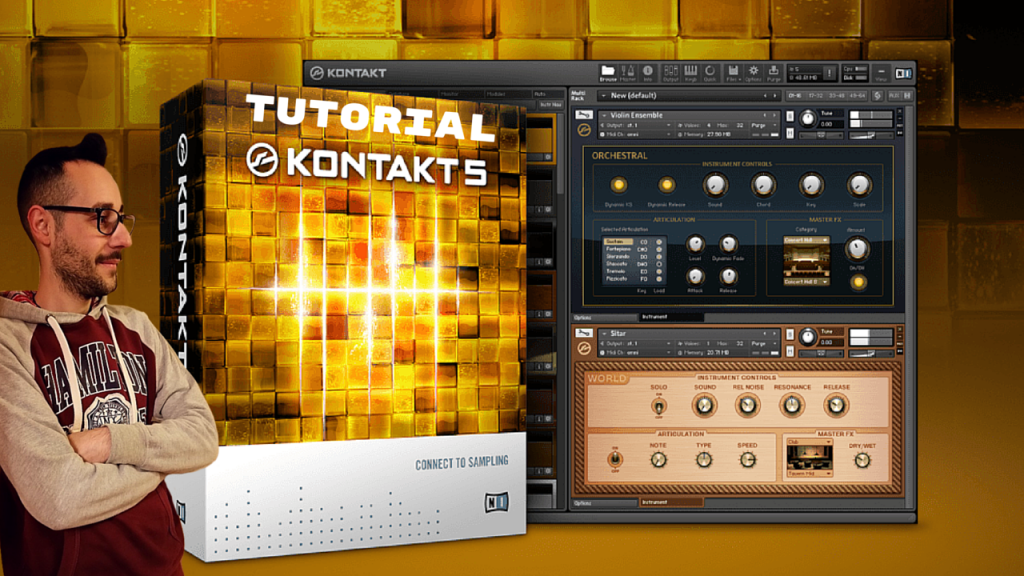

Note that this control is not always available, as sometimes the latency is handled by your hardware drivers. Conversely, setting this to a higher value will make playback more reliable at the cost of more latency. Small values will shorten the delay between pressing a key and hearing the resulting sound (this is called “latency”), but may cause drop-outs and stuttering when playing a lot of voices at the same time. Latency: The size of the audio playback buffer in samples. Note that this does not have anything to do with the sampling rate at which your samples have been recorded - if the playback rate does not match a sample’s recording rate, KONTAKT will handle all necessary conversion steps transparently for you. Common values are 44100 Hz for music and 48000 Hz for film production. Sample rate: This drop-down menu allows you to set the global playback sample rate at which KONTAKT will operate. Use this to select the audio interface that you would like to use for playback. Most professional audio devices provide ASIO, CoreAudio (Mac) or WASAPI (Windows) drivers.ĭevice: This menu lists all connected audio interfaces that match the driver architecture chosen above. For more information, refer to Options Dialog.ĭriver: With this drop-down menu, you can select which of your operating system’s device driver architectures KONTAKT should use. This is the central place for configuring all aspects of KONTAKT’s user interface and its sample playback engine.

You can also open this dialog at any time by clicking on the Options button at the top of the main window. This is done via the Options dialog, which should appear automatically upon the first start. In order to make KONTAKT receive MIDI notes from your keyboard and play sound in response, you will first have to tell it which hardware it should use. When you start KONTAKT in stand-alone mode for the first time, both audio and MIDI will need to be configured. Also, when you are creating or editing complex sample libraries yourself, using the stand- alone version is often easier than opening KONTAKT in a DAW or sequencer. This can be very useful if you don’t need the additional functionality of a full-blown sequencer environment, for instance when you’re using KONTAKT as a live performance instrument or as a sampling host on a stand-alone computer. In this mode, KONTAKT will receive MIDI data from one or more ports of a MIDI interface and send audio signals directly to your audio interface. When you launch the KONTAKT application in the installation directory, KONTAKT will start as a stand-alone program that provides its own application menu.



 0 kommentar(er)
0 kommentar(er)
